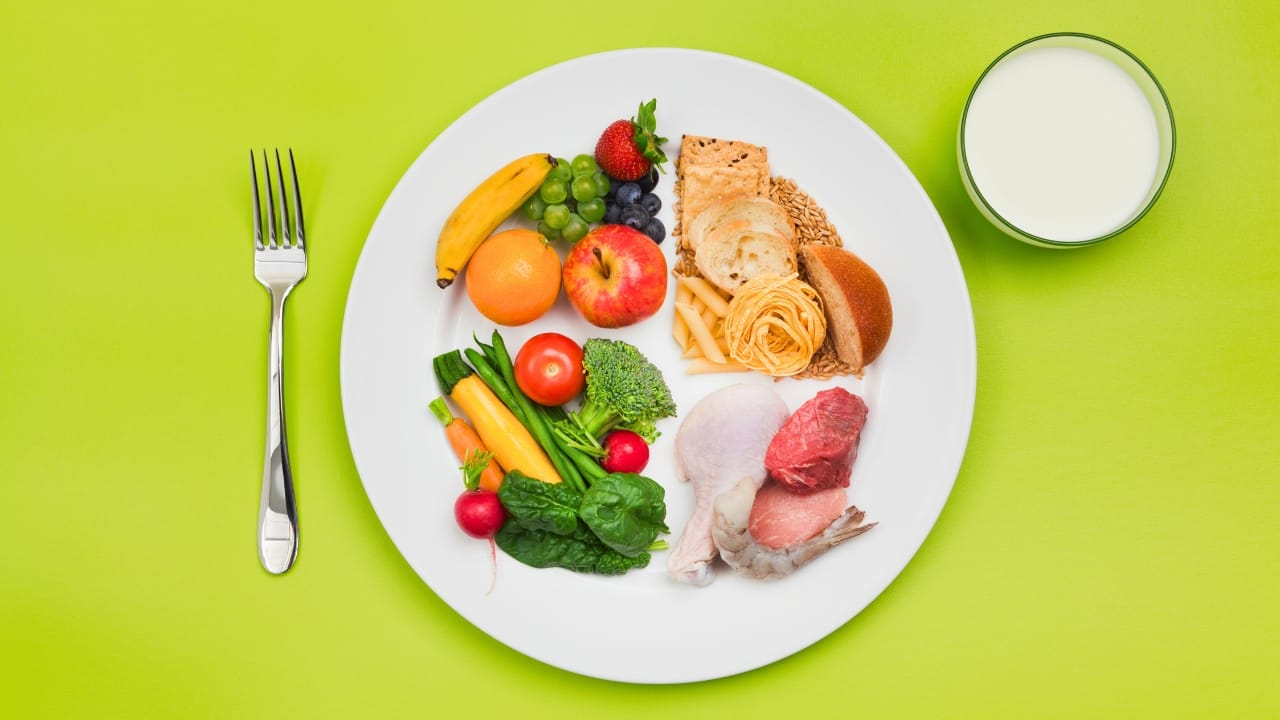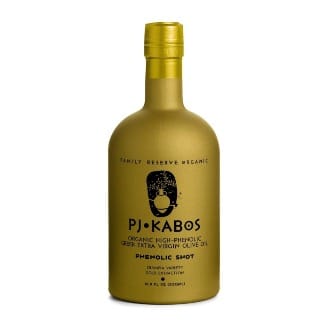American Heart Association News – September 13, 2024 – Article by Michael Merschel

In the News: Excerpt from "5 Ways to rethink what a 'balanced diet' means" by Michael Merschel
A current article written by Michael Merschel, featured in the American Heart Association News, titled “5 Ways to Rethink What a ‘Balanced Diet’ Means,” [1] offers practical insights into what truly constitutes a balanced diet. In his article, Merschel speaks with two doctors who are experts in their fields: Dr. Matthew Landry, assistant professor of population health and disease prevention at the University of California, Irvine, and Dr. Shilpa Bhupathiraju, assistant professor of medicine at Harvard Medical School. Together, they share a valuable and easy-to-implement approach to achieving a truly balanced diet.
Excerpt from "Section 1: Picture the Plate":

"The U.S. Department of Agriculture's MyPlate graphic is generally a good model," Landry said. "Simply put, if you envision your meal filling a plate, half of that plate should be vegetables and fruit. We should have some kind of grain on there—ideally some whole grains,” he said, “and then a protein, ideally plant-based. That's probably a pretty balanced kind of diet.”
Then, he added, “The American Heart Association dietary recommendations also call for choosing low-fat or fat-free dairy products; using liquid plant oils rather than tropical oils and partially hydrogenated fats; choosing minimally processed foods instead of ultraprocessed foods; and limiting added sugars and salt.
"The typical U.S. diet," Dr. Bhupathiraju said, "has excessive refined grains, added sugars, sodium and unhealthy sources of fat, and not enough fruits and vegetables. You need your healthy fat sources, your healthy protein sources, and your fruits and vegetables," she said, "and it's the combination that provides balance. If you're eating whole grains and fruits and vegetables, but you don't have a protein source, that's not good."
This is an excerpt from only the first suggestion, Picture the Plate, from “5 Ways to Rethink What a ‘Balanced Diet’ Means.” Please follow the link to read Michael Merschel entire article. It’s worth your time!
Sneak Peek: The titled sections found in “5 Ways to Rethink What a ‘Balanced Diet’ Means” by Michael Merschel, featured in the American Heart Association News:
- Picture the Plate
- Don’t Count on Quick Fixes
- It Doesn’t Have to Break the Bank
- It Can Be Exciting
- Think Beyond the Plate
"Liquid plant oils" and "You need your healthy fat sources"
Of particular interest to us at PJ Kabos in the above excerpt is the recommendation to use "liquid plant oils" and "You need your healthy fat sources." Among these, olive oil—especially high-phenolic extra virgin olive oil—stands out as one of the healthiest options. Rich in monounsaturated fats and antioxidants, it’s incredibly versatile, perfect for cooking, salad dressings, drizzling over dishes, and even taking as phenolic shots for added health benefits.
Fresh Harvest 2024/25
High-Phenolic Extra Virgin Olive Oil
from PJ KABOS
PJ Kabos Family Reserve Organic—Phenolic Shot
(Gold Bottle)

PJ Kabos Family Reserve Organic—"Phenolic Shot," is an award-winning extra virgin olive oil with possibly the highest phenolic content available in a true extra virgin olive oil today. Its intense bitterness and pungency clearly reflect the activity of these polyphenols. Meant to be taken as a shot or may be drizzled over salads, roasted vegetables, toast, fava, etc. to amplify both flavor and health benefits.
PJ Kabos Family Reserve Organic—Robust
(Black Bottle)

PJ KABOS Family Reserve Organic - Robust, is an extra virgin olive oil that is very high in polyphenols and adds depth, character and great health benefits to every meal.
PJ Kabos Family Reserve Organic—Medium Taste
(White Bottle)

PJ KABOS Family Reserve Organic - Medium, is an extra virgin olive oil that is high in polyphenols and adds a lovely taste and great health benefits to every meal.
PJ Kabos Family Reserve—Medium Taste
(White Tin)

PJ KABOS Family Reserve - Medium, is an extra virgin olive oil in an easy-to-store tin that is high in polyphenols and adds a lovely taste and great health benefits to every meal.
Please enjoy having a look around our websites, pjkabos.com and oliveoil.com, as well as our Amazon Store for more about our many high-phenolic olive oils, recipes, history, etc. And follow along with us on Instagram for photos concerning olive oil production, our groves in Greece, articles about olive oil, family history and more.
PJ Kabos High-Phenolic Extra Virgin Olive Oil: Your Trusted Oil, Straight from Our Table to Yours.
[1] Merschel, Michael. “5 Ways to Rethink What a ‘Balanced Diet’ Means.” American Heart Association News, 13/9/24, https://www.heart.org/en/news/2024/09/13/5-ways-to-rethink-what-a-balanced-diet-means




